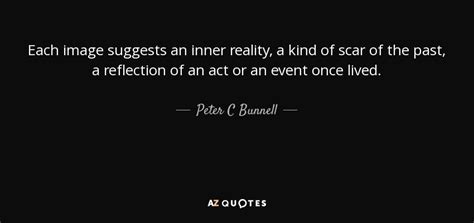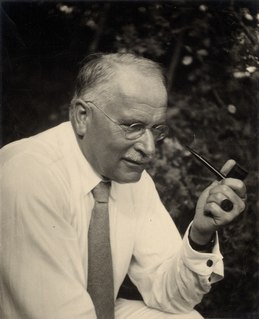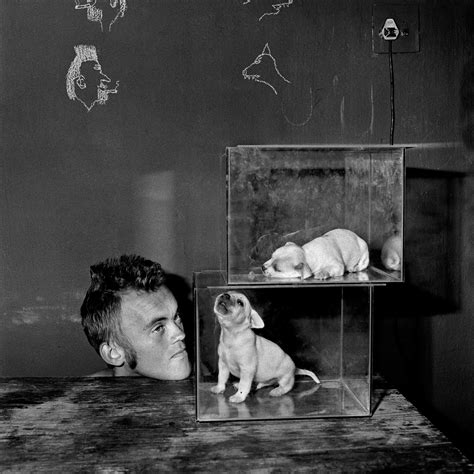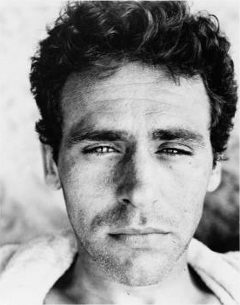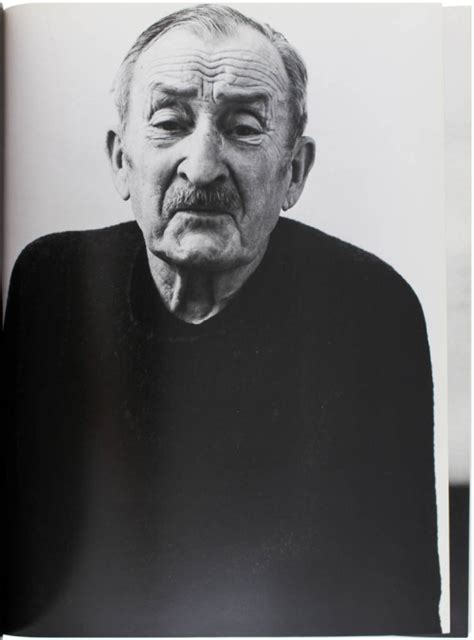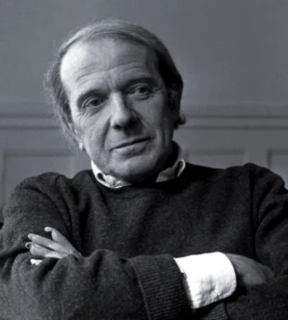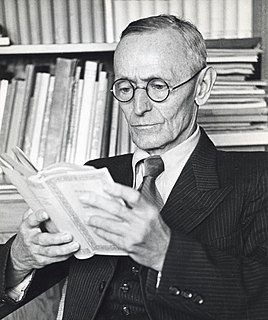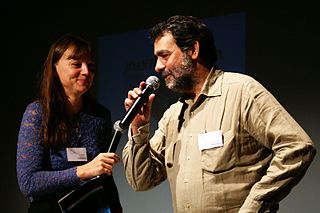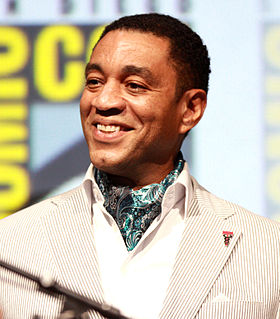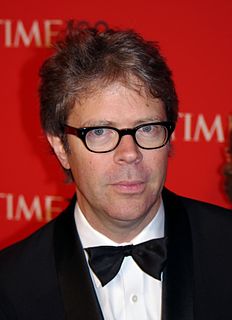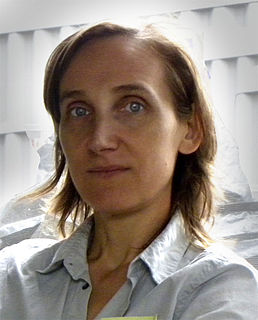A Quote by Peter C Bunnell
Full-color images lack the poignancy of monochrome... Black-and-white film inherently peels off interesting images from the world; it sees things we do not see, and thus insists on the existence of a phantom presence within reality, a world we cannot perceive.
Related Quotes
It is my mind, with its store of images, that gives the world color and sound; and that supremely real and rational certainty which I can "experience" is, in its most simple form, an exceedingly complicated structure of mental images. Thus there is, in a certain sense, nothing that is directly experienced except the mind itself. Everything is mediated through the mind, translated, filtered, allegorized, twisted, even falsified by it. We are . . . enveloped in a cloud of changing and endlessly shifting images.
Computer images, like camera images today, will be seen as representations of a simulated, second-degree reality with little or no connection to the unmediated world. This is one lesson we can learn from photographs, and especially from those of the last 25 years: images exist not to be believed, but to be interrogated.
I am myself a professional creator of images, a film-maker. And then there are the images made by the artists I collect, and I have noticed that the images I create are not so very different from theirs. Such images seem to suggest how I feel about being here, on this planet. And maybe that is why it is so exciting to live with images created by other people, images that either conflict with one's own or demonstrate similarities to them.
The images that people see in the media of black people - whether journalistic or narrative - remain horrible. And those images, combined with the lack of respect among black people in the poorer neighborhoods for themselves, and the part the police and other people coming into those neighborhoods play, it creates no value for life.
We Sioux spend a lot of time thinking about everyday things which in our minds are mixed up with the spiritual. We see in the world around us many symbols that teach us the meaning of life. We have a saying that the white man sees so little, he must see with only one eye. We see a lot that you no longer notice. You could notice if you wanted to, but you are usually too busy. We Indians live in a world of symbols and images where the spiritual and commonplace are one…We try to understand them not with the head but with the heart
She wondered: How could people respond to these images if images didn't secretly enjoy the same status as real things? Not that images were so powerful, but that the world was so weak. It could be read, certainly, in its weakness, as on days when the sun baked fallen apples in orchards and the valley smelled like cider, and cold nights when Jordan had driven Chadds Ford for dinner and the tires of her Chevrolet had crunched on the gravel driveway; but the world was fungible only as images. Nothing got inside the head without becoming pictures.
